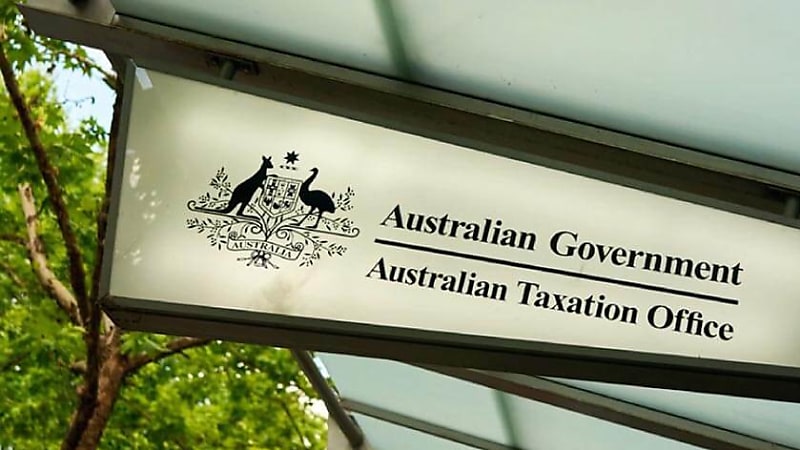ATO issues guidance on SMSF trustee appointment and compliance
The ATO has issued guidance on what SMSF members need to understand about compliance regarding responsibilities when appointing trustees or directors of a corporate trustee.
The regulator has outlined the eligibility of directors and trustees, saying that all members of an SMSF must be individual trustees or directors of the corporate trustee.
It said that members are eligible to be a trustee if they are:
-
At least 18 years old
-
Not under a legal disability such as mental incapacity
-
Not a disqualified person. A disqualified person includes a person who has been convicted of dishonest offences, is bankrupt or insolvent, or may be a future risk to retirement savings.
“It is an offence to knowingly act as a trustee while being a disqualified person. A legal personal representative (LPR) cannot act as trustee on behalf of a disqualified person either,” the Tax Office said.
An LPR may need to be appointed as a member or trustee or director where a member is over the age of 18 with a legal disability, is under the age of 18, requires a person to hold enduring power of attorney to act on their behalf (see SMSF Ruling SMSFR 2010/2) or is deceased, until the death benefit becomes payable.
Members under the age of 18 can also have a parent appointed as a trustee or director on their behalf.
“If prospective trustees have any outstanding tax or superannuation affairs, such as any unlodged tax returns or unpaid tax debts, this could prevent their SMSF registration from proceeding,” it added.
The guidance continued that a disqualified person is anyone who has ever been convicted of a dishonest offence in Australia or overseas. These include offences of dishonest conduct, including fraud, theft, and illegal activity or dealings.
“These convictions are for offences that occurred at any time, including convictions that have been ‘spent’ and those that the court has not recorded, due to age or first offender,” it said.
A disqualified person also includes anyone who has ever been issued with a civil penalty order, which are orders that are imposed when an individual contravenes a civil penalty provision and can be an order to pay a fine or serve jail time.
If a member is currently bankrupt or insolvent under administration, they will also be disqualified. A member cannot remain a trustee if they become bankrupt or insolvent after they are appointed.
A member will be disqualified if they have been previously disqualified by the ATO, ASIC or APRA.
“The ATO can disqualify trustees of an SMSF. This is permanent and is not just specific to the SMSF they were a trustee of at the time,” the guidance said.
Members can apply to waive disqualified status if the offence leading to the disqualification was not an offence involving serious dishonest conduct. This means that the penalty imposed for the offence was not either a term of imprisonment for more than two years or a fine of more than 120 penalty units.
An application for waiver must be in writing and include details of the offence, court documents about the offence and consent for the ATO to inquire about the offence to any law enforcement agencies or courts that the regulator believes are relevant.
“The application should be made within 14 days of the conviction. We may accept applications after this time if you explain the circumstances of your late application,” the ATO said.
“You cannot become a trustee until we notify you of our acceptance to waive the disqualified status.”
It is also important to check that a company can act as a corporate trustee.
A company cannot act as a corporate trustee of an SMSF if the company is aware or has reason to suspect that a director of the company is a disqualified person.
Furthermore, it cannot act as a corporate trustee if an administrator has been appointed in respect of the company, or a receiver has been appointed in respect of property beneficially owned by the company.
“Whether you're an individual trustee or director of a corporate trustee, you are responsible for running the fund and making decisions that affect the retirement interests of each fund member.”
“Before you consent to being a trustee, ensure you understand your obligations as an SMSF trustee under the law. You need to have the knowledge, time and skills to manage your fund successfully. We recommend you complete a free online trustee training course.
“All trustees or directors must formally consent in writing to being appointed. This can be recorded in meeting minutes and must be kept on file for the life of the SMSF and 10 years after the SMSF winds up.”


